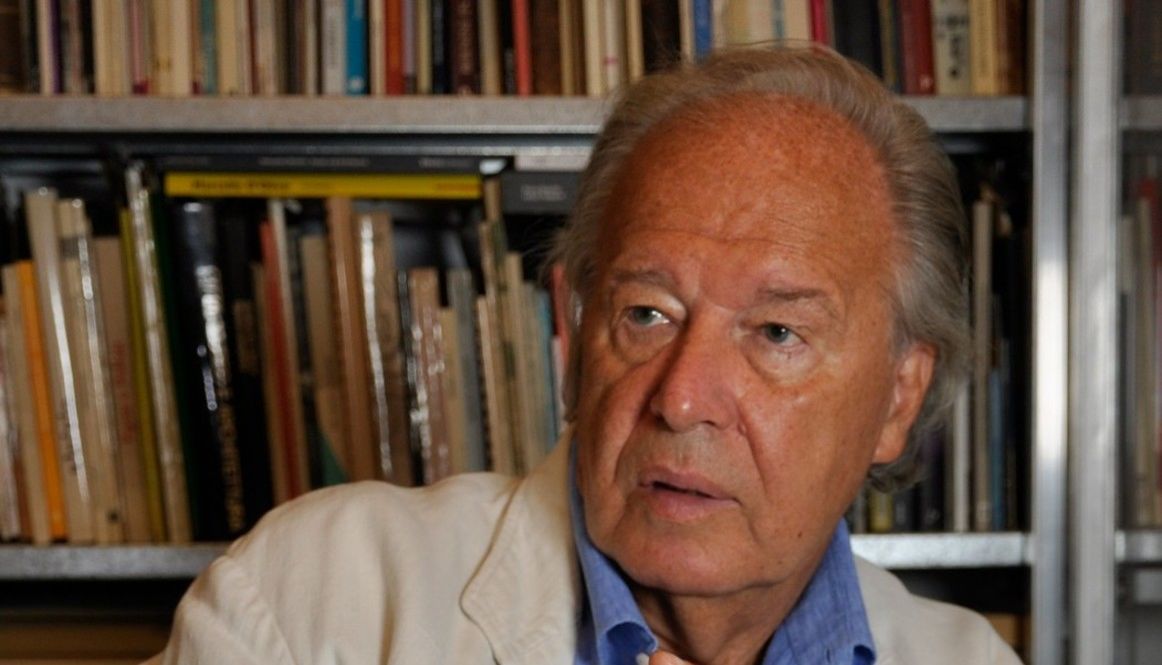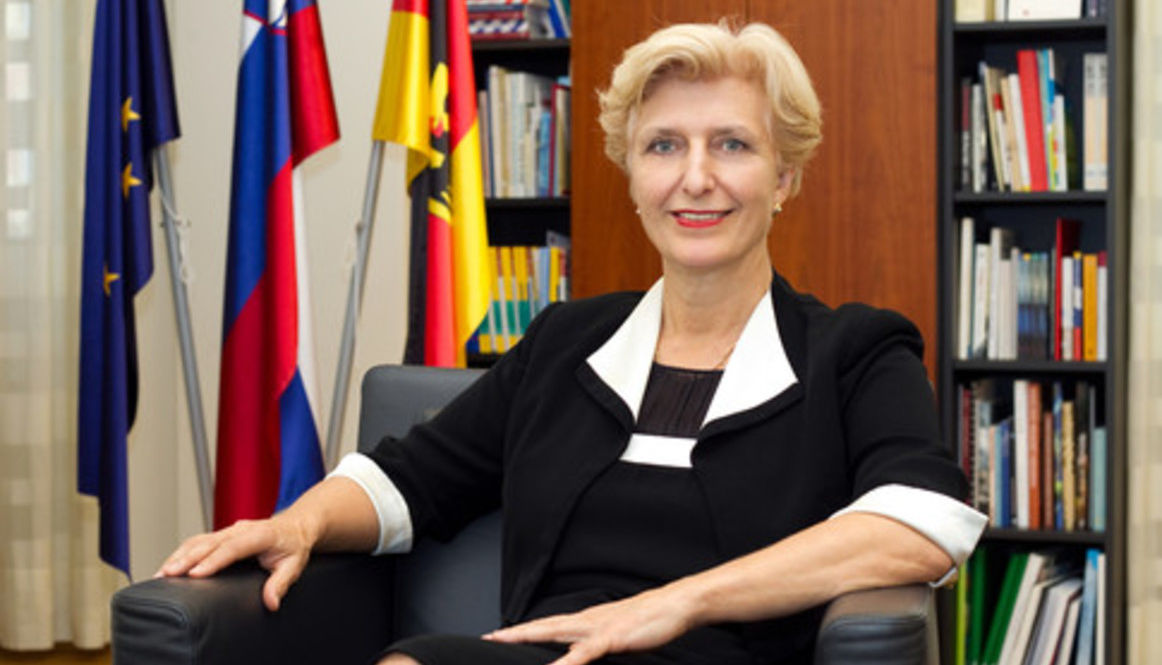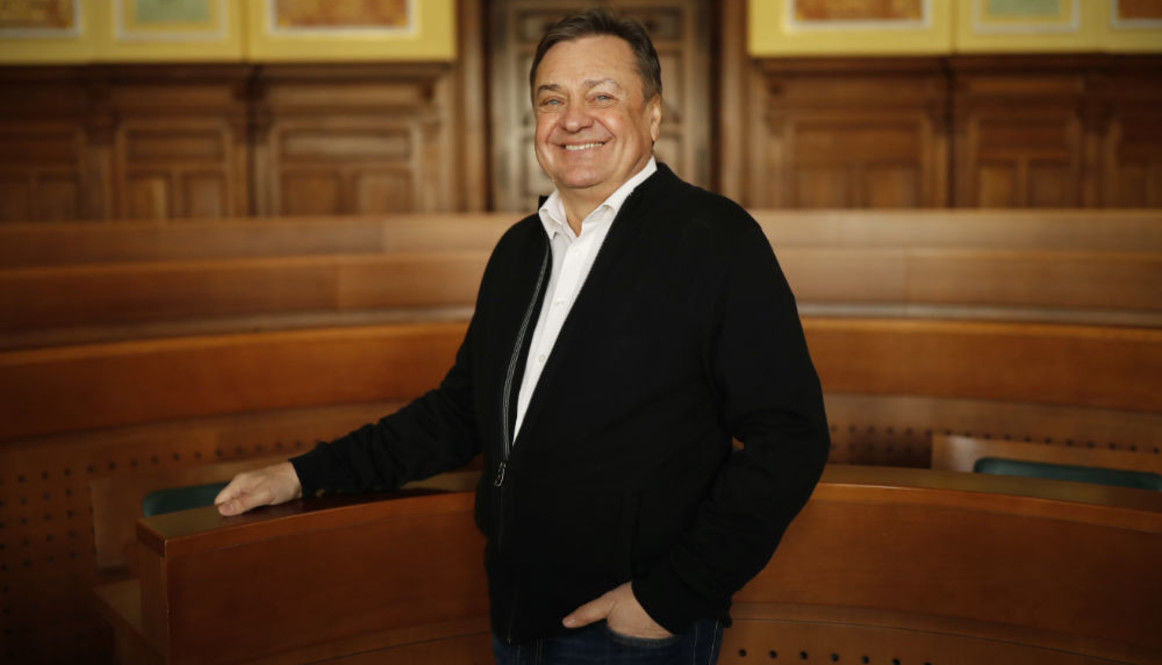Mr. Boris Podrecca, a renowned architect
Published on -Certain projects have already been halted because of troubles finding construction companies or general planners, since they cannot ensure a regular building progress.
We have seen you co-create the architectural landscape with many outstanding, eye-catching projects that basically became modern landmarks. What is your approach when starting a new project? How do you balance crazy ideas, urban surroundings and functionality?
Calm down. We are not working with crazy but with significant ideas making any architectural object responsible for the city and its specific milieu.
The primary role of architecture is protection against adverse weather and other imponderables. Man has always been obtaining flax, grass, and bamboo from nature, tying knots and forming surfaces to a textile protection – a coat. This emancipates into a tent and further in a three dimensional artefact with straight woven walls with a secondary supporting structure. In this sense the house is created.
This means that the origin of architecture is directly connected with anthropology, and therefore I prefer the term archiculture instead of architecture. In further the range of construction extends from functional purpose even to symbolic image. At the same time, this emblematic connotation creates typology, space concept, and materiality.
Do you have any favourites among your own projects? What do you like about them?
It is similar to asking someone which of your children is your favourite. How would you answer that without implementing a hierarchy? To put it crudely, the last project could be the favourite one…
You have become a respected trademark in the architectural business. Can you tell us more about what distinguishes your work from the competition?
When I was a kid in Trieste, I pretty much grew up in the street. I merely ate and slept at home. This helped me to develop a sense of community, encounter and distinctiveness of an urban place. That is, what creates architecture as an amalgam between the city and the singular object. Each one of these two carries the echo of the other. Finally, we try to develop made-to-measure and not ready-made suits. In order to achieve this, we are following the principle of the so-called Poetic of the Difference (cit. Friedrich Achleitner). We are not dictated by an zeitgeisty brand. Most of our projects cover the cultural geographic space of already eight countries in Mitteleuropa, each of them always with its own particular aura.
We have heard a lot about the importance of distinguished, sophisticated and precise elobaration of object and space. In your creative process do you start simultaneously focusing on details?
Mies van der Rohe once said “God lives in the detail”. And indeed, the mastery of details shows the quality level of every single architect. Our atelier tries to focus precisely and is known for meeting high standards of architectural details. This follows a Viennese tradition that was already implemented in the Biedermeier period (Austrian variation of classicism). My Italian colleagues mostly just draw the desired intention of a detail, which is then accurately elaborated by the excellent technical staff of the Italian companies in charge. Our working method is exactly the opposite - according to strict architectural premises in a particular team the detail gets sublimated. Of course, such an approach is uneconomical and makes us lose significant finances; however, the result conforms the ideogram of the building.
How is actually the financial situation of new projects? Is it difficult to find financing for new projects?
The coronavirus pandemic has made the market highly cautious. According to our estimation, architects will be subject to a slowdown, including funding and production. Certain projects have already been halted because of troubles finding construction companies or general planners, since they cannot ensure a regular building progress. The business boom in Central Europe before the crisis was stopped abruptly, and the consequences still cannot be foreseen. We suppose that we will lose an entire
year in total, accompanied by highly fragmented workload. Home office may work well when dealing just with quantifiable factors, e.g. in the
world of paragraphs of a lawyer or notary, where everything is depersonalized. But in the personalized and creative work of architects, where the principle of coincidence also plays an important role, the direct eye-to-eye communication and discussion are essential.
Modern lifestyle calls for modern layouts and a new functionality of our living space. What are some of the most prominent trends rising in the last few years in the housing sector?
In the future, life will be strongly affected by phenomena such as decarbonisation and renaturation. Additionally, there will be a stronger emergence of more complex, but at the same time more flexible forms of private, as well as collaborative ventures. We have developed some participatory housing models, differing in their specific requirements, in the last years. The standardised anaemic housing of the last decades will be based on more inclusion of individuals and different necessities. Our pluralistic world will be characterized with increased complexity.
What is your ideal home of the future?
I want to live in a pulsating city, with all the benefits of a single-family house surrounded by lush greenery. The best example for such an ideal is a polyfunctional project, developed by our atelier and realized in the historic centre of Zagreb, after having won the corresponding competition. A shopping gallery with restaurants, a parking garage, offices and flats, two-storey villas with a swimming pool, and roof gardens surrounding a park with a fountain on an elevated floor, represent an entity – a green city within a pulsating city.


